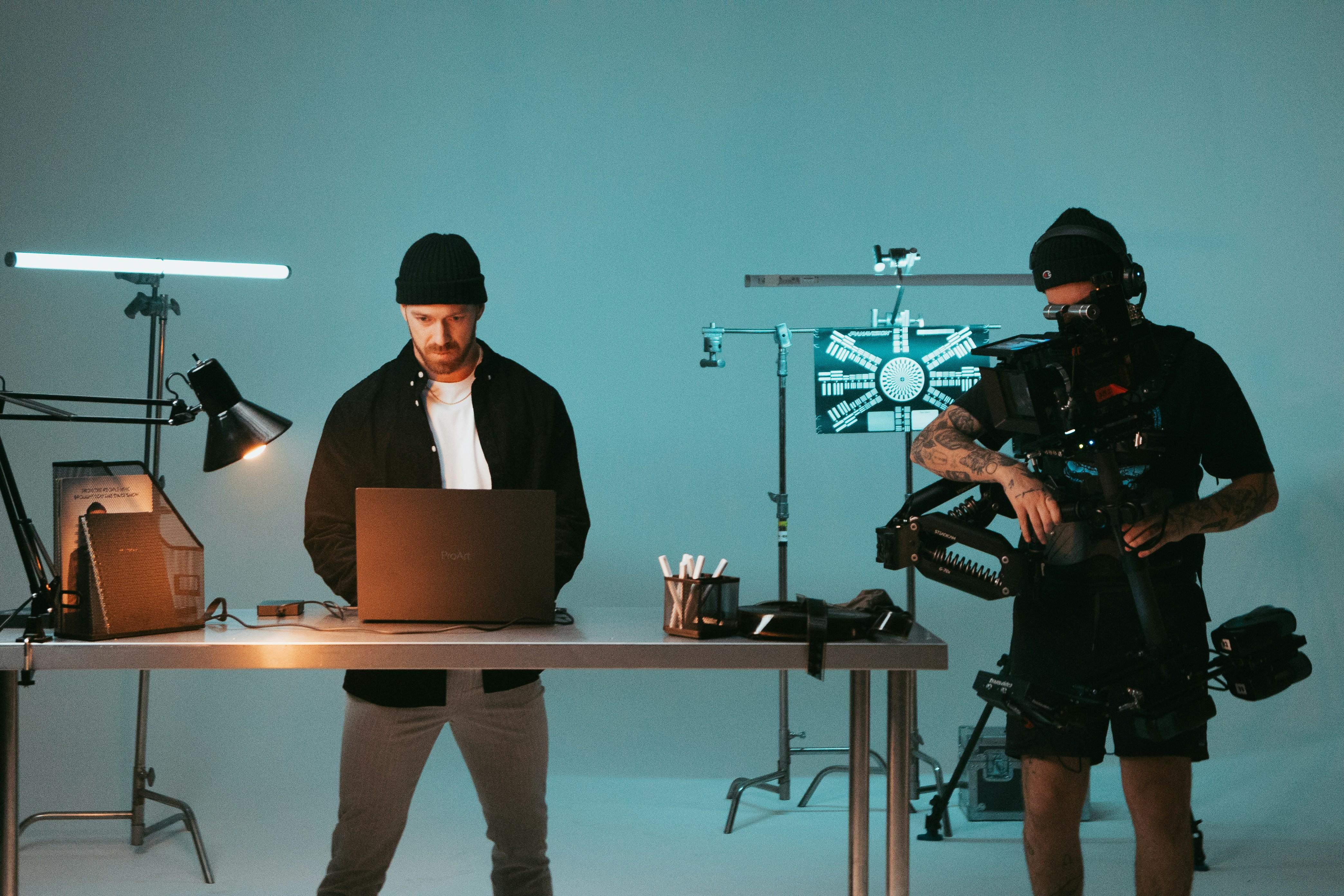In recent years, the cinematic landscape has witnessed a noticeable trend: the increasing length of blockbuster films. Once confined to epic sagas and auteur-driven narratives, extended runtimes are now becoming a staple even in mainstream cinema. This evolution begs a critical examination of its implications on audience accessibility and engagement. Are these marathon movies enhancing the storytelling experience, or are they alienating viewers with limited time and patience? By analyzing the factors driving this trend and its impact on the diverse cinema-going public, we can better understand whether this shift is enriching or eroding the universal appeal of film.
Impact of Extended Film Lengths on Audience Engagement
As filmmakers increasingly push the boundaries of traditional storytelling, the surge in extended film lengths has sparked a debate about its effects on audience engagement. While some cinephiles relish the opportunity to immerse themselves in epic narratives, others find the prolonged runtime daunting, potentially alienating casual viewers. This shift in cinema has implications for various aspects of the movie-going experience:
- Attention Span: In an era where digital content is often consumed in bite-sized portions, sustaining viewer attention over three-hour epics can be challenging. The commitment required may deter those accustomed to quicker forms of entertainment.
- Scheduling Conflicts: Longer films mean fewer daily screenings, reducing flexibility for audiences with tight schedules. This limitation can make it harder for cinemas to accommodate a diverse range of viewers.
- Physical Comfort: Extended sitting periods can lead to discomfort, diminishing the overall experience. The necessity for intermissions or breaks might become more prevalent to maintain viewer satisfaction.
Despite these challenges, the allure of intricate storytelling and character development in longer films remains undeniable. However, the industry must balance these elements with accessibility to ensure cinema continues to captivate diverse audiences.
Economic Barriers: The Hidden Costs of Longer Cinema Experiences
The burgeoning trend of extended cinematic experiences carries with it a set of economic barriers that often go unnoticed. As films stretch beyond the typical two-hour mark, the hidden costs associated with these marathon screenings can accumulate. Longer movies necessitate increased operational expenses for cinemas, including higher staffing costs and extended utility usage. These additional costs often trickle down to consumers, manifesting in elevated ticket prices. For many, particularly those in low-income brackets, this can transform a simple night out into a significant financial commitment.
- Higher Ticket Prices: Longer movies can lead to fewer showings per day, pushing cinemas to raise ticket prices to maintain profitability.
- Increased Concessions Costs: Extended durations may encourage more spending on snacks and drinks, inflating the overall cost of the cinema experience.
- Childcare and Transportation: Extended viewing times can lead to higher costs for childcare and transportation, further impacting affordability.
These factors combine to create a barrier to entry, disproportionately affecting those who may already find leisure activities financially out of reach. As the industry embraces longer formats, it’s essential to consider how these economic implications might alienate a segment of the audience.

Balancing Artistry and Accessibility in Modern Filmmaking
In today’s cinematic landscape, filmmakers often grapple with the challenge of maintaining a balance between artistic expression and audience accessibility. As directors push the boundaries of storytelling, films frequently extend beyond the traditional two-hour mark. This trend raises important questions about the inclusivity of cinema. Longer runtimes can alienate certain audiences who may find it difficult to dedicate such a significant block of time, or who might be deterred by the daunting length. The impact on accessibility is multifaceted, encompassing:
- Time Commitment: Not everyone can carve out three or more hours from their day to watch a single film.
- Attention Span: Modern audiences, accustomed to the fast-paced nature of digital content, may struggle with extended narratives.
- Economic Factors: Longer films can lead to fewer daily screenings, potentially reducing options for viewers and increasing ticket prices.
While the ambition behind these expansive projects is commendable, there is a pressing need for filmmakers to consider how their work can remain accessible to a diverse audience. By striking a balance between artistic vision and practical constraints, cinema can continue to thrive as a universally engaging medium.

Strategies for Filmmakers: Crafting Engaging Narratives Without Excess Length
In an era where brevity can be just as powerful as length, filmmakers are tasked with the challenge of creating compelling stories that captivate audiences without dragging on. Effective pacing is crucial; it involves the art of maintaining a rhythm that keeps viewers engaged. By strategically structuring narratives, filmmakers can ensure each scene serves a purpose, moving the plot forward or deepening character development. Cutting superfluous scenes and dialogue not only sharpens the focus but also respects the audience’s time, enhancing overall accessibility.
Another vital strategy is to hone in on core themes and characters. By narrowing the focus to essential storylines and pivotal character arcs, filmmakers can craft more concise and powerful narratives. This approach often leads to a more immersive experience, as audiences can connect more deeply with well-developed characters and coherent themes. Additionally, employing creative storytelling techniques, such as non-linear timelines or symbolic imagery, can add depth without adding unnecessary length. Consider the use of visual storytelling—show, don’t tell—as a method to convey complex ideas succinctly. Embracing these strategies can lead to films that are both engaging and efficiently paced, making cinema more accessible to a wider audience.
- Effective pacing
- Focus on core themes
- Creative storytelling techniques
- Visual storytelling

